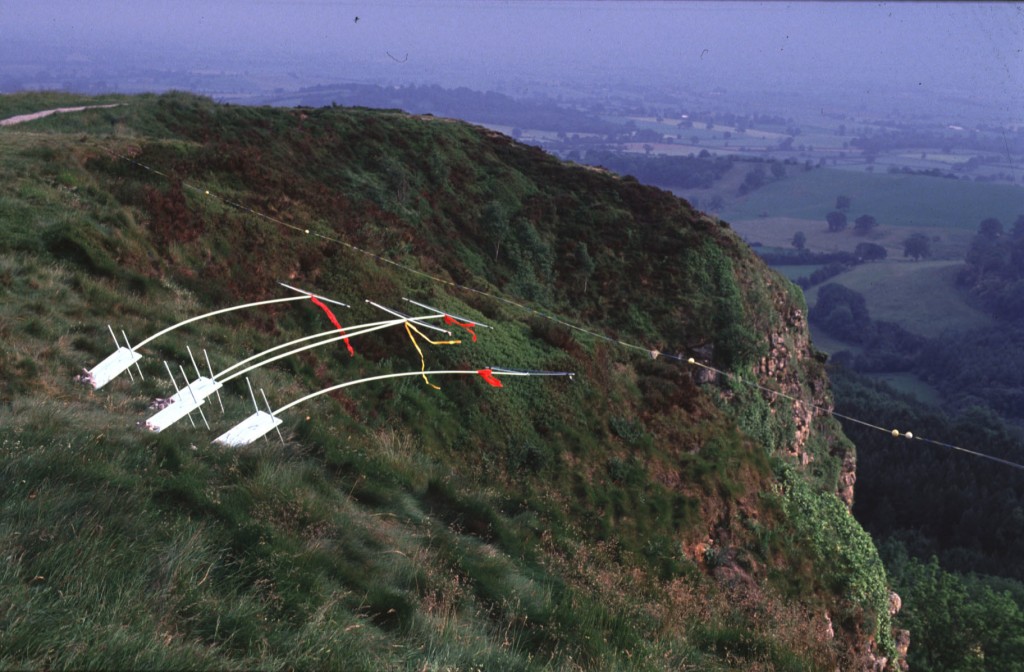Aeolian phenomena draws together the natural history of historical documentation regarding the impact Aeolian Sounds have had on Sonic and Literary Culture; and the creation and installation of new Aeolian devices. At a time when the behaviour of our natural environment is of such grave concern the harnessing of natural forces to create extraordinary Sonic Phenomena seems particularly apposite. As Aeolian Phenomena have become a part of our Sonic and Literary Culture, so instrument makers from Asia, Europe and north America have sought to harness and shape these phenomena in the creation of Aeolian instruments including Bows, Harps, and Flutes.
An Aeolian Phenomenon is the activation of sound through the action of the wind – or other environmental forces – on natural materials. The sounds created by these phenomena have captivated novelists including Vladimir Nabokov and Thomas Hardy; composers including Henry Cowell and Frederic Chopin; and poets Percy Byshe Shelley and Samuel Taylor Coleridge. La Monte Young was fascinated by the sound of the wind through the Telegraph Wires near his home in Bern, Idaho, and later asserted that the harmonies created by these wires became an essential element in his work. Henry David Thoreau observed similar phenomena in his Journals as the Telegraph Wires near his home were activated by the wind on 23 September 1851:
The telegraph harp sounds strongly to-day, in the midst of the rain. I put my ears to the trees and I hear it working terribly within… the sound seems to proceed from the wood. It is as if you had entered some world-famous cathedral, resounding to some vast organ… The wire vibrates with great power, as if it would strain and rend the wood.
Max Eastley is currently researching Aeolian Phenomena (Arts And Humanities Research Council Fellow at Oxford Brookes University).
